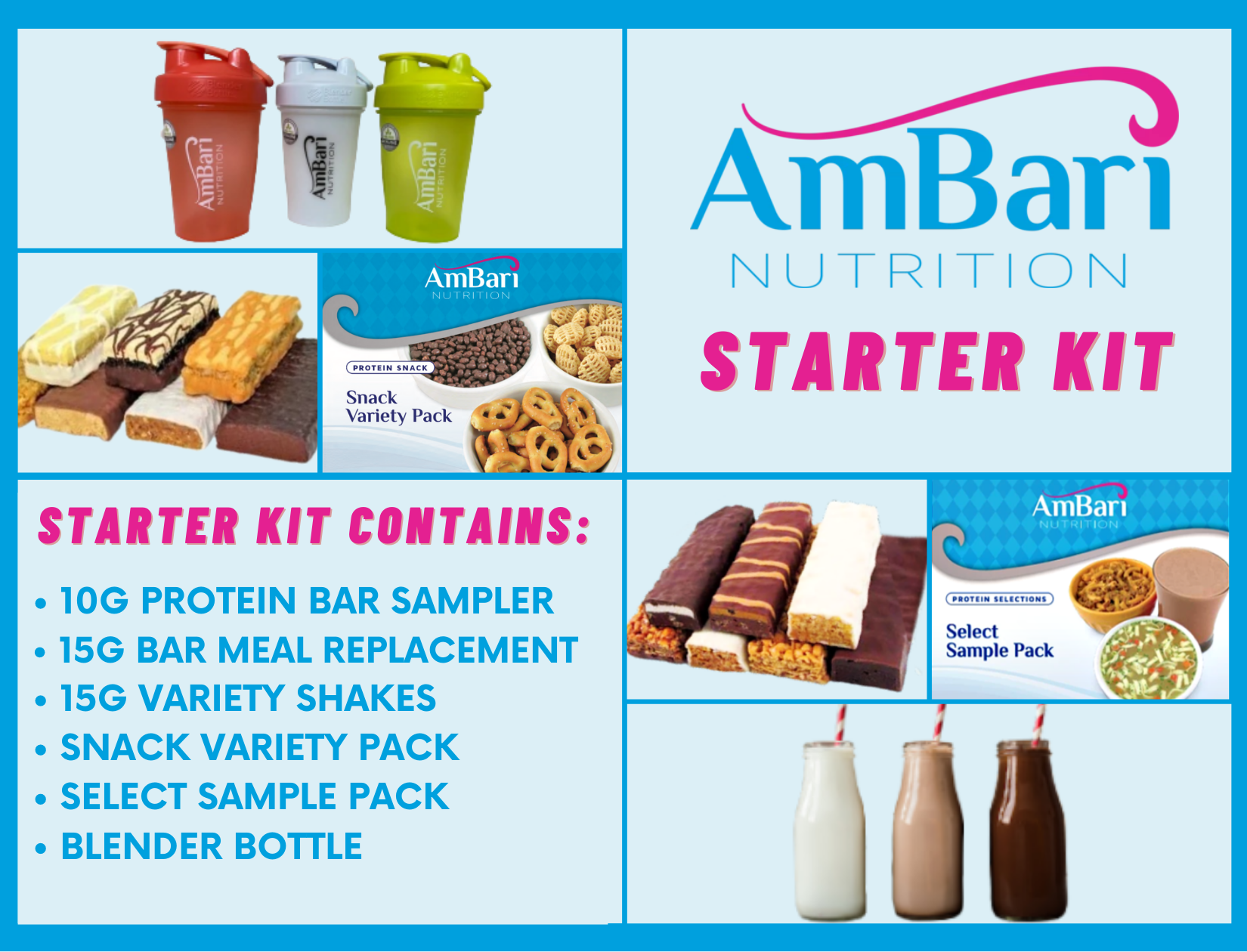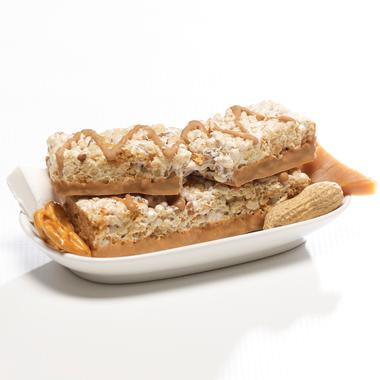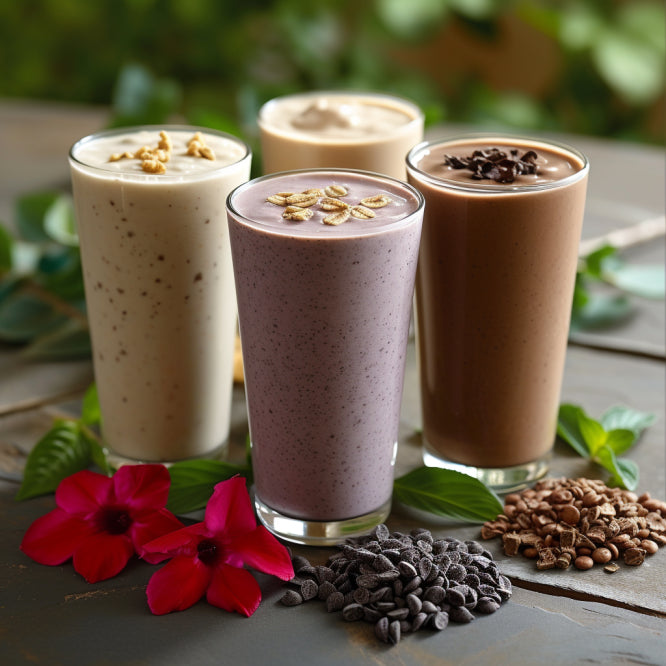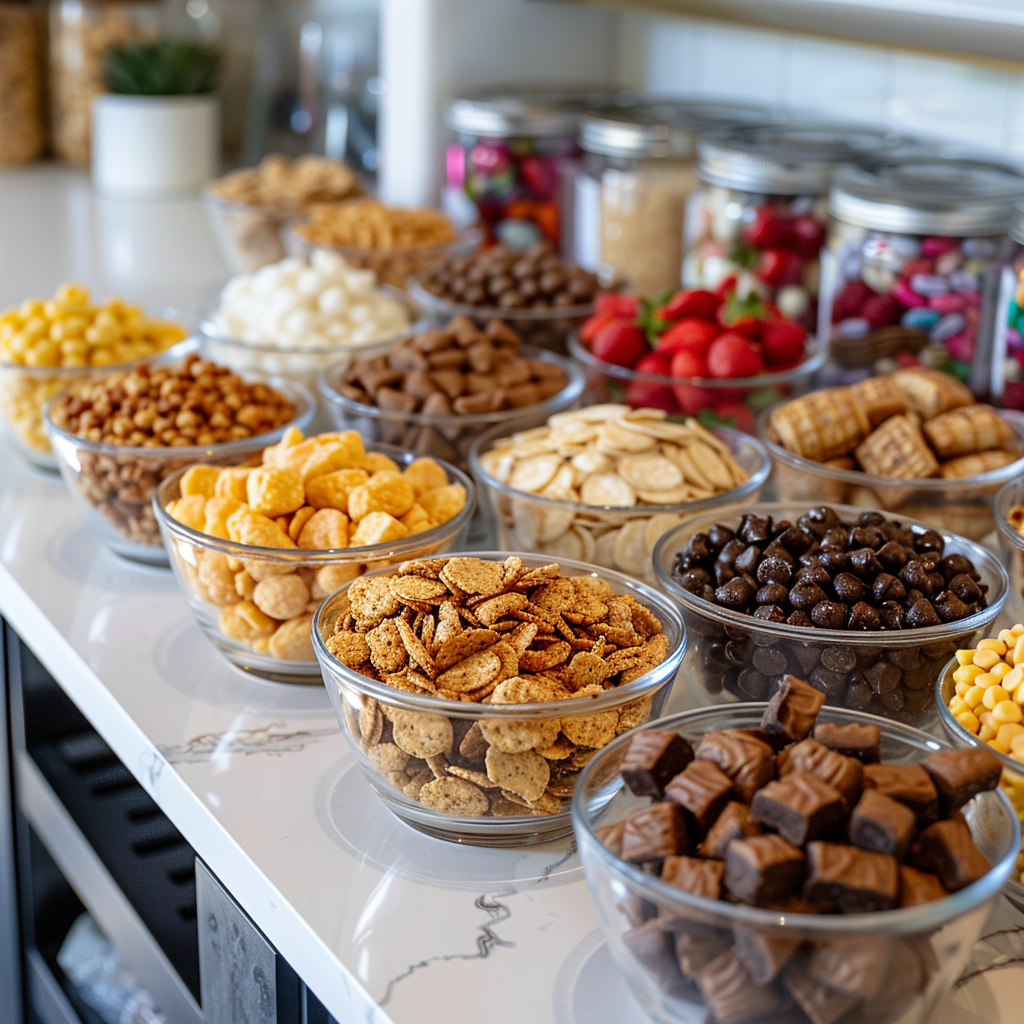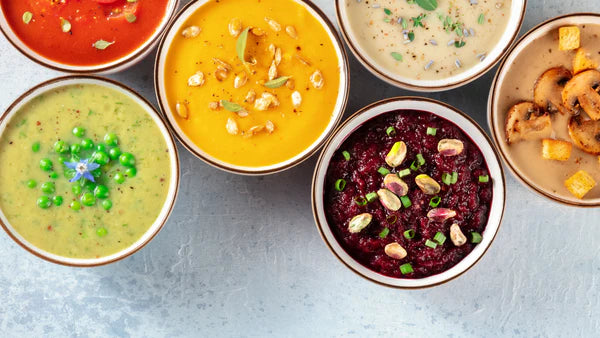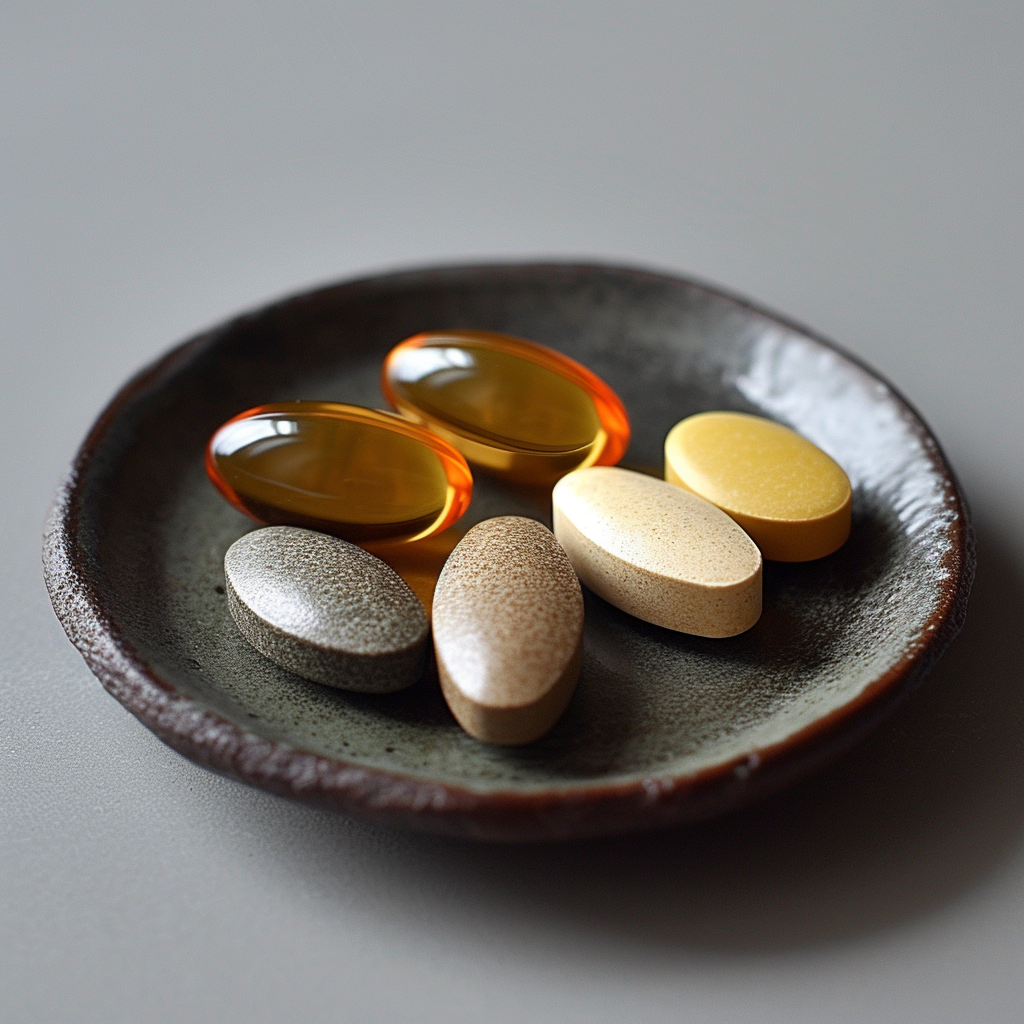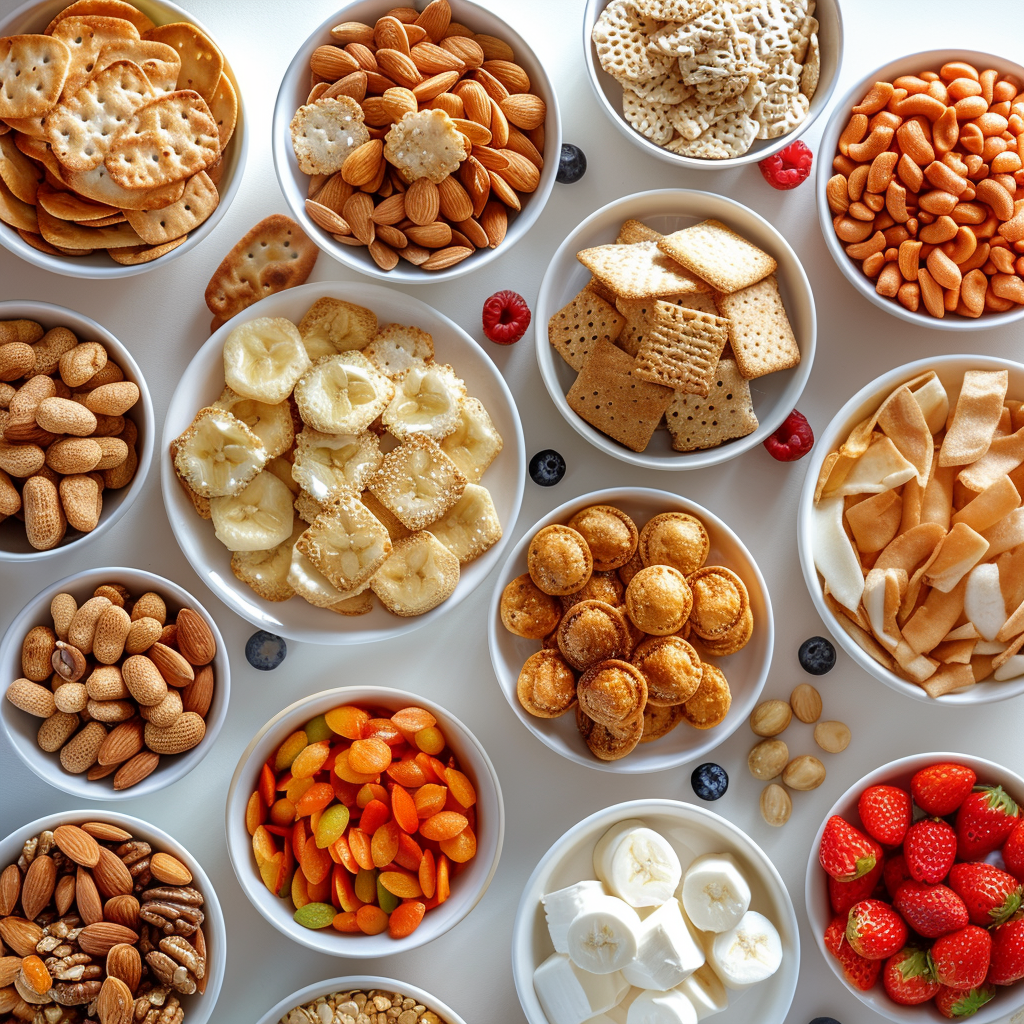Menu
Your cart is empty
Looks like you haven't added anything to your cart yet
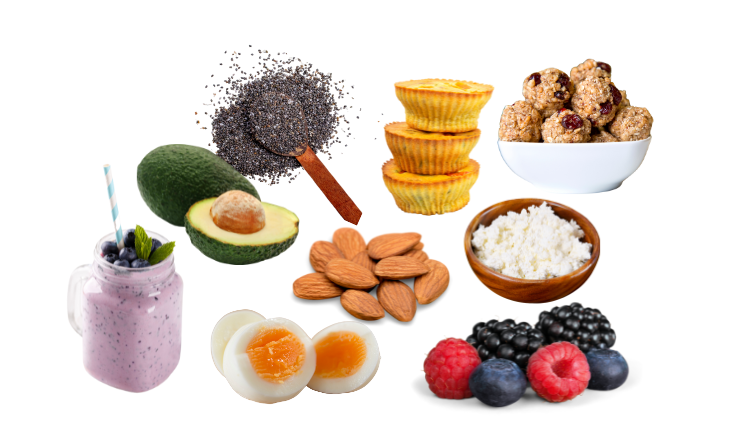
Best Diabetic Breakfast Ideas: Tasty & Low-carb Options to Kickstart Your Day
Breakfast for Type 2 Diabetes
When considering breakfast options, you may recognize that popular American morning meal items like cereals and pastries are loaded with refined carbohydrates and sugars, which may not be ideal for everyone, particularly those managing diabetes.
However, breaking free from the constraints of "typical breakfast foods" can open up a world of delicious, healthy, and low-carb alternatives. Why not rethink breakfast by including unconventional choices like leftover salmon and vegetables from the previous night's dinner or a bowl of grains and beans with an egg cracked on top?
This approach aligns perfectly with the needs of those seeking diabetic-friendly meals. To explore this further, our roundup presents a diverse selection of the best diabetic breakfast ideas, catering to various tastes and dietary preferences.
What to Look For in a Healthy Diabetic Breakfast
The key to a diabetes-friendly breakfast is made up of similar components to any balanced meal. However, diabetics must be extra careful to choose foods with a low glycemic index (GI).
Eating low GI breakfasts significantly reduces blood sugar levels after meals, which is especially beneficial for people with metabolic issues, according to a comprehensive analysis of multiple studies. For a diabetic, this typically involves complex carbohydrates with fiber and high-protein foods to not only keep blood sugar in check but remain satiated.
In your breakfast meals, aim for these ranges of carbs (including fiber), protein, and healthy fats:
-
Carbohydrates: 45-60g
-
Fiber: 3-6g
-
Protein: 15-25g
-
Healthy fats: 10-15g
Why Eat Breakfast?
In a 2022 meta-analysis, skipping breakfast was associated with an increased risk of Type 2 Diabetes (T2D), so there is undoubtedly a relationship. However, researchers pointed out that this relationship is mediated by BMI, meaning skipping breakfast is also associated with overweight and obesity, which is also a risk factor for T2D.
What does this mean for those who are already living with T2D? The general guidance is to always eat breakfast, lunch, and dinner to avoid blood sugar dips and spikes throughout the day but breakfast is especially important due to the overnight fasting that occurs during sleep.
Skipping breakfast in people with T2D is tied to higher blood sugar levels after lunch and dinner, due to reduced insulin efficiency and other hormonal changes. This highlights the importance of breakfast in managing diabetes since skipping meals creates blood sugar dips and spikes.
Eating a balanced breakfast that is high in protein and fiber also helps control hunger throughout the day. Some observational research suggests an early breakfast may help prevent the development of T2D. However, it’s important to note that there is a need for more research in the form of controlled trials in this area.
It’s more important to find what works best for you and discuss these things with your doctor or a registered dietician for a more personalized approach. Ideally, you time it right so that you feel hungry but aren’t going so long between meals that you feel the need to binge at the next meal.
Simple Breakfast Ideas for Diabetics
Managing your meals as a diabetic doesn’t have to be complicated. Below are some basic go-to breakfasts that will set you up for a day energized and satiated without spiking your blood sugar too much.
Plain Greek Yogurt With Fresh Berries
One seven-ounce serving of plain, low-fat Greek yogurt has 20 grams of protein to keep you full and satisfied for the hours between breakfast and lunch.
It’s best to opt for plain Greek yogurt and sweeten it with fruit, sugar-free sweetener, or a touch of honey if your diet allows for that. While you’d still be getting the protein, flavored yogurts can end up being loaded with sugar. This is also a great opportunity to top your yogurt bowl with nuts and seeds instead of a sugary granola mix.
Oatmeal
Oats are an inexpensive and healthy pantry staple high in fiber and complex carbs. A serving size of half a cup of dry rolled oats (makes roughly one cup of oatmeal) has roughly five grams of fiber. However, eating oatmeal alone only provides about six grams of protein. Try topping your oats with nuts, stirring in nut butter, or eating it alongside eggs to provide some more protein. Using milk or plant-based alternatives will also up the protein content.
Similarly to yogurt, it’s best to avoid store-bought flavored options and make your own at home and sweeten it to your liking. My favorite is mixing a touch of vanilla and some cinnamon into my morning oats.
Healthy Toast
There are so many types of bread on offer at most grocery stores. As a diabetic, you may try and avoid it altogether. There are however some quite healthy multigrain bread options minus the refined grains and plus the fiber.
You can get as creative as you like with your toppings depending on what you like or have lying around. Some suggestions are:
-
Avocado: Avocado toast is more than a trendy brunch dish; avocados are loaded with healthy fats and minerals. I love adding pomegranate seeds to my avocado toast for a pop of fruity flavor.
-
Nut butters like peanut, almond, cashew, or a blend: Chia seeds go well atop peanut butter and banana toast.
-
Eggs: I prefer hot sauce or some everything bagel seasoning to elevate the classic eggs-on-toast breakfast.
-
Hummus: Most people don’t associate hummus with breakfast, but it’s another high-protein spread for toast. Add some thinly sliced cucumber and feta for a Mediterranean-inspired breakfast.
Cottage Cheese Bowl
Cottage cheese is loaded with protein; it has 12 grams of protein per half-cup serving. Add fruits and crushed nuts for the perfect sweet and savory breakfast
Sweet Diabetic Breakfasts
Savory breakfasts are probably easier to accomplish on a low-carb diet, but having diabetes doesn’t mean you have to skip out on sweet breakfasts altogether–you may just have to make some ingredient swaps or be a bit more mindful with sweet additions.
Oat Pancakes
If you’re a pancake lover with diabetes, you aren’t totally out of luck. Though traditional pancake batter is made with refined flour that will elevate blood glucose, there are healthier versions out there, such as this recipe that uses oat flour in place of traditional flour.
You can either buy oat flour or the oats can be blended into a flour consistency if you have a blender or food processor. If you’d like, pop some blueberries into your mixture for natural sweetness. I like to drizzle some melted peanut butter on top of my oat pancakes–highlighting you can forego the maple syrup to limit the sugar content.
High-Protein Smoothie
When looking for a meal replacement shake, make sure it has at least 20-30 grams of protein; though specific protein requirements will vary by individual, depending on age, sex, activity level, etc.
Bariatric Advantage’s meal replacement shake fits the bill for this type of breakfast. It contains 27 grams of whey protein, six grams of fiber, and only 11 grams of carbohydrates. For those on the go or with limited fresh food in the house, a homemade protein shake can serve as an excellent breakfast for a diabetic.
If you have the time and a blender, don’t be afraid to add vegetables, herbs, and seeds to your meal replacement shake; most powders and sweet fruits disguise any savory taste. Add chia, flax, or hemp seeds for added fiber and omega-3 fatty acids. Chunks of avocado also give a smoothie a creamy consistency like a banana would but with a lower amount of carbs and the addition of healthy fats.
Diabetic Breakfast Recipes With Eggs
In the past, eggs have gotten a bad rap for their cholesterol content. However, eggs are a near-perfect food for diabetics when eaten in moderation. Current research suggests that eating seven eggs per week is safe for people with T2D.
Veggie-loaded Omelette
The nutrition community is on a mission to break the stigma and get more people to eat vegetables at breakfast. A meal that perfectly introduces vegetables to breakfast is the omelet. My personal favorite ingredients are mushrooms, spinach, bell pepper, pickled jalapenos, and cheese. By all means, choose whatever veggies you have on hand!
Shakshuka
This Middle Eastern breakfast is satisfyingly simple and flavorful with eggs poached in a simmering tomato sauce, and spices, and topped with tangy feta. It can be served with wholegrain bread, but the shakshuka is tasty enough on its own if you’d rather omit the bread. Give this recipe a try.
Egg Scramble With Chicken or Turkey Sausage
Traditional pork sausage is red meat and is quite high in fat, which can lead to cardiovascular issues if consumed in excess. Chicken and turkey meat are excellent low-fat alternatives to keep your unhealthy fats in check.
Cook the meat with some onions and peppers, remove, and add the eggs. I like to add some hot sauce and diced avocado to mine for a Tex-Mex feel. Most grocery stores carry pre-cooked sausages to save time.
Breakfast Burrito
Make sure to find some low-carb multigrain or whole-wheat tortillas for your burrito needs. A delicious and healthy burrito mix consists of scrambled eggs, cheese, black beans, peppers, and guacamole, just to give you an idea.
These can technically be made ahead of time and even frozen. They can then be reheated in the microwave for future busy mornings.
Make Ahead Diabetic Breakfast Recipes
Prepping food ahead of time is a proactive way to ensure you eat healthy diabetes-friendly breakfasts, especially if you are someone who typically has rushed or busy mornings.
Hard Boiled Eggs
One hard-boiled egg has six grams of protein. Plus, they last up to seven days in an airtight container in the fridge making them ready for a grab-and-go breakfast or snack. Pair two eggs with a handful of nuts and some fruit and you’ve got an easily filling breakfast.
Chia Pudding
Chia seeds are a tiny nutritional powerhouse. One ounce (two tablespoons) of chia seeds contains more than the recommended daily intake of omega-3 fatty acids and is packed with 10 grams of fiber.
Chia pudding can be mixed up the night before using chia seeds, plant milk, and flavorings. The chia soaks up the liquid and forms a pudding consistency by morning. As with many breakfast bowls, top with fruits and nuts for added nutrients. Here is a diabetes-friendly chocolate peanut butter recipe.
Energy Bites
Sometimes referred to as energy balls or oat bites, this make-ahead snack can also be great for breakfasts on the go. The typical combination of ingredients involves oats, nut butter, and dried fruits or a sweetener of your choice.
Egg Bites
Starbucks may have made egg bites popular but they aren’t too complicated to make at home as long as you have a muffin tin and some fresh ingredients to fill it with. Similar to an omelet, you can really add anything you like to your egg bites.
These egg bites can be made in advance and stored in the fridge for up to three days. Reheat them in the microwave to have a filling and nutritious breakfast fast.
Vegan Diabetic Breakfast
Combining a diabetes diet with a vegan or primarily plant-based one may be challenging at times, but not at all impossible.
Tofu Scramble
Often overlooked at breakfast time, tofu can serve as an excellent egg substitute for vegans or those with an aversion or allergy to eggs. The great thing about tofu is that it’s a blank slate for flavor, so with the right seasoning, you make tofu anything you want it to be, including mimicking scrambled eggs!
Pea Protein Shake
Most popular protein powders use animal-based protein like whey or casein because they are both complete protein sources, meaning they contain all nine essential amino acids.
When mixed with another plant protein source, like rice or hemp, pea protein blends contain all essential amino acids, making their nutritional makeup comparable to whey or casein. If you like a meal replacement smoothie, or protein shake, to serve as your breakfast, why not give pea protein powder a shot for a plant-based alternative?
Final Thoughts
Hopefully, this list of diabetic breakfast ideas helps to provide some inspiration for anyone trying to effectively manage their diabetes. As long as you stick to high protein, low-carb meals with fruits, veggies, small amounts of complex grains, and healthy fats, you are well on your way to managing diabetes through adequate nutrition.
Think of this list as just a starting point. Feel free to get creative with your breakfast; it should make you excited to get up in the morning and start your day feeling nourished and energized.
FAQs
What is the best breakfast for a diabetic?
The best breakfast for a diabetic will be different for everyone. Generally speaking, high protein (at least 15-25 grams) low-carb, and low-sugar breakfast items like eggs, plain Greek yogurt, nuts, vegetables, and fruits should be on the menu.
What is the first thing a diabetic should do in the morning?
Diabetics should check their blood sugar upon waking up in the morning. From there, it’s good to eat a nourishing breakfast and commit to doing some form of exercise.
What breakfast foods won't spike blood sugar?
Foods that have a low glycemic index (GI) are low in refined carbohydrates and won’t spike blood sugar. For the most part, this includes high-protein foods like meat and nuts and high-fiber foods like whole grains and legumes.
What foods can diabetics eat freely?
Low-carb high-protein foods are typically good components of a diabetic’s diet. However, any food group should be eaten in moderation. Diversity is often key to a healthy diet, including for diabetics.
Writer: Madison Madison is a freelance health writer with a BS in Kinesiology from the University of Kentucky and an MSc in Nutrition from the University of Bristol. Her passion for holistic wellness and global cuisine drives her to create informative, health-oriented content. |
Reviewed By: Dr. K. Huffman Dr. Kevin D. Huffman, D.O., is a board-certified bariatric physician renowned for his expertise in treating obesity. With over 10,000 patients and a reputation as a national leader in bariatric medicine, he has trained hundreds of healthcare providers. Dr. Huffman develops protocols and training materials sought after by medical societies, pharmaceutical companies, patients, and hospitals. |
- Choosing a selection results in a full page refresh.


